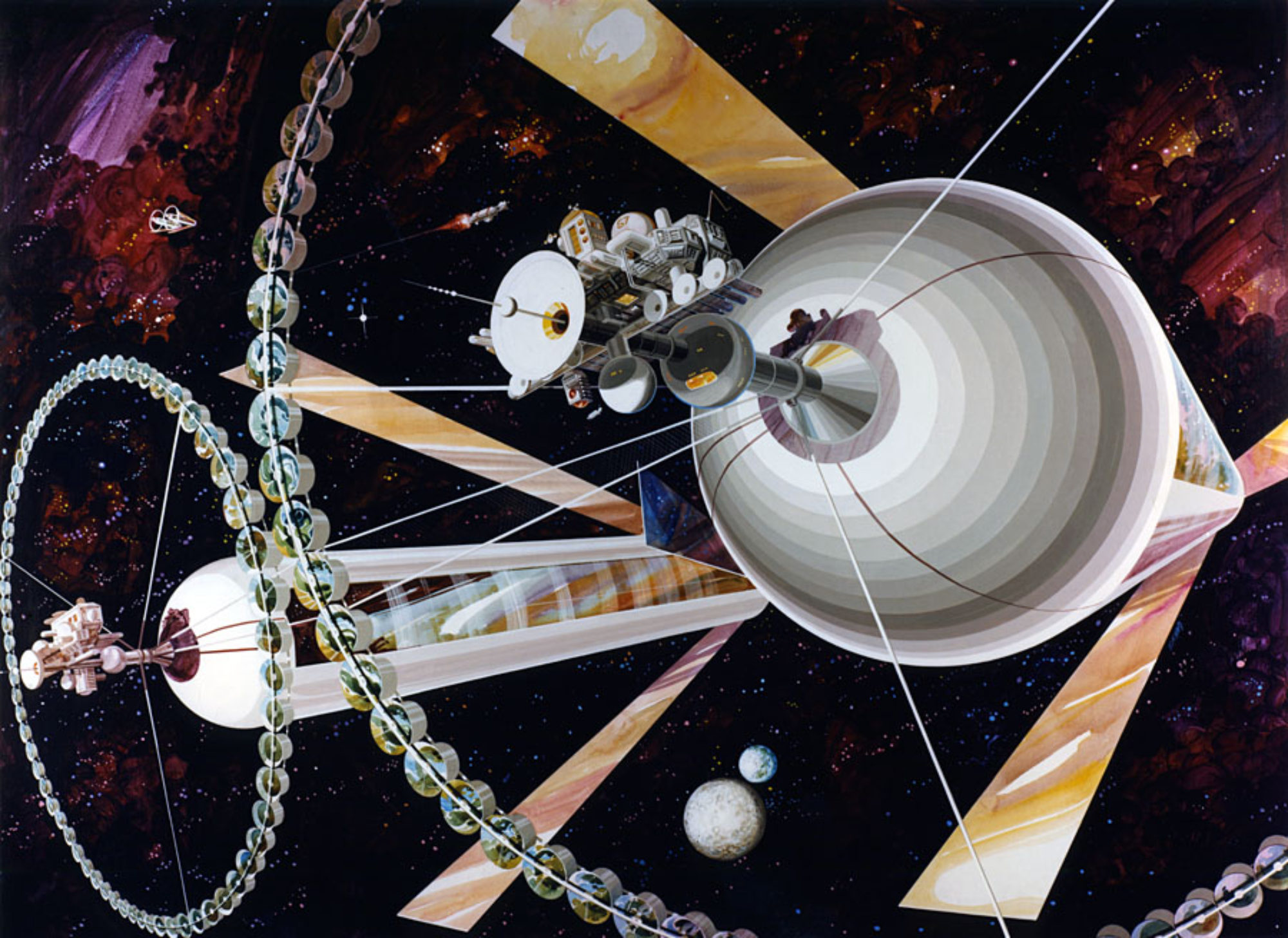
Dylan Taylor of Voyager Space Holdings recently wrote an article in The Space Review on sustainable space manufacturing. He makes a convincing case that long-duration space missions and eventual human expansion throughout the solar system will require radical changes in the way we design, manufacture, repair and maintain space assets to ensure longevity. In addition, the cost of lifting materials out of Earth’s deep gravity well will drive sustainable technologies such as additive manufacturing in space and in situ resource utilization to reduce the mass of materials needed to be launched off our planet to support space infrastructure. In-space recycling and reuse technologies will also be needed along with robotic manufacturing, self-reparability and eventually, self-replicating machines.
But there is more to the philosophy of sustainability and its impact on the future of space activities. According to the Secure World Foundation (SWF), sustainability is essential for “Ensuring that all humanity can continue to use outer space for peaceful purposes and socioeconomic benefit now and in the long term. This will require international cooperation, discussion, and agreements designed to ensure that outer space is safe, secure and peaceful.” Much of the discussion centers around the problem of orbital debris, radio frequency interference, and accidental or irresponsible actions by space actors. SWF is active in facilitating dialog among stakeholders and international cooperation.
The National Science and Technology Council released a report in January called the National Orbital Debris Research and Development Plan. To address the issue, there are several companies about to start operations in LEO to deal with the orbital debris or in-orbit servicing. Japan based Astroscale just launched a demonstration mission of their End-of-Life Services by Astroscale (ELSA) platform to prove the technology of capturing and deorbiting satellites that have reached their end of life or other inert orbital debris.

Even financial services and investment houses like Morgan Stanley are pushing for sustainability to reduce the risks to potential benefits emerging from the Newspace economy such as remote sensing to support food security, greenhouse gas monitoring, and renewable energy not to mention internet access for billions of people.
Sustainable operations on the Moon are being studied by several groups as the impact of exploration and development of Earth’s natural satellite is considered. Lunar dust when kicked up by rocket exhaust plumes could create hazards to space actor’s assets as well as Apollo heritage sites. SWF, along with For All Moonkind, the Open Lunar Foundation, the MIT Space Exploration Initiative and Arizona State University have teamed up on a project called the Moon Dialogs to advance interdisciplinary lunar policy directions on the mitigation of the lunar dust problem and to shape governance and coordination mechanisms among stakeholders on the lunar surface. SSP’s take on lunar dust mitigation was covered last July.
These few examples just scratch the surface. NASA, ESA and the UN Office for Outer Space Affairs have initiatives to foster sustainability in space. Humanity will need a collaborative approach where public and private stakeholders work together to ensure that the infrastructure to support near term commercial activities in space and eventual space settlement is both durable and self-sustaining.


This is a rather different use of the term sustainability than how it’s used regarding Earth ecology, so I’m glad of all clarifications on the issue. A comment on the matter by Clive Neal recently stands out in my mind – with no atmosphere to slowly drag down anything in low orbit, debris in orbit around the moon could become a problem quickly. I’d never thought of that.
On the other hand, I fear a possible drift towards making it the policy to preserve things that I don’t count as worth holding up important development. Lunar scientists could push for preservation of things so they can properly study them, like maybe the lunar exosphere (it’s barely existent atmosphere – though actually I’m not sure you can preserve that anyways, as soon as there is more than a few missions per year going there). Sustainability is a good thing but it can go too far.